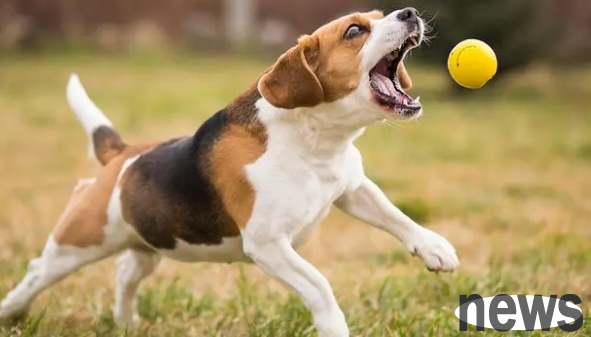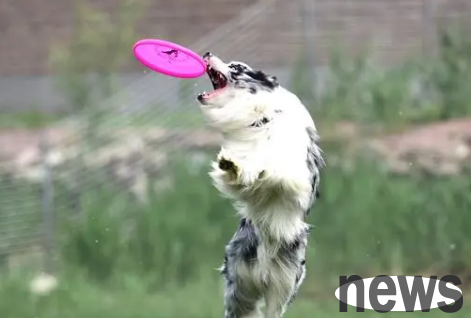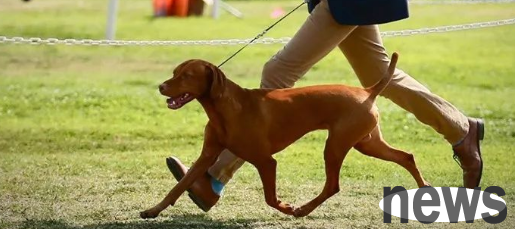Have you ever raised a sports dog or want to raise a sports dog?
Sports dogs refer to dogs with high vitality, agility and intelligence. They are usually used for hunting, shepherds, search and rescue, competitions and other work or recreational activities.
Representative breeds of sports dogs include Labrador, Golden Retriever, Border Collie, German Shepherd, Belgian Malinos, etc. The advantage of
Sports dogs are that they are very loyal, smart and friendly, able to establish deep feelings with humans, and can adapt to various environments and tasks.

However, sports dogs also have some special health and care needs, which may lead to some common diseases and problems if not paid attention.
So, as owners or enthusiasts of sports dogs, how should we prevent and treat their common diseases and problems?
Today, I will give you some popular knowledge about the health and care of sports dogs, hoping to help you better understand and take care of your sports dogs.

First of all, we need to know what are the most common health problems of sports dogs?
According to the information I searched online, the most common health problems in sports dogs are as follows:
hip dysplasia: This is a hereditary skeletal deformity that causes hip instability, causing arthritis, pain and difficulty walking. This problem usually occurs between 6 months and 2 years old and can be diagnosed by X-ray. Treatment methods include drugs, physical therapy, surgery, etc.
elbow dysplasia: This is also a hereditary skeletal deformity, which leads to abnormal development of the elbow joints, causing joint cartilage damage, joint effusion, joint dislocation, etc. This problem usually occurs between 4 months and 1 year old and can also be diagnosed by X-ray. Treatment methods also include drugs, physical therapy, surgery, etc.
Patellar luxation: This is a situation where the kneecap slips out of its normal position due to the notch between the kneecap and the femur. This can lead to lameness in the legs, difficulty jumping, swelling of the knees, etc. This problem can be diagnosed by palpation or X-ray. Treatment methods include drugs, physical therapy, surgery, etc.
obesity: This is a situation where the weight exceeds the normal range due to excessive energy intake. This can lead to increased heart burden, difficulty breathing, increased joint pressure, metabolic disorders, etc. This problem can be diagnosed by weight measurement or body size assessment. Treatment methods include diet control, increased exercise, medication, etc.
allergy: This is an immune system response caused by allergies to certain substances. This can lead to itching, redness, hair loss, ear infections, indigestion, etc. This problem can be diagnosed through skin tests or blood tests. Treatment methods include avoiding allergens, drugs, immunotherapy, etc.
The above are the most common health problems of sports dogs. So, how should we prevent and treat these problems?
In fact, prevention is always more important than treatment, so we must do a good job in the health and care of sports dogs from the following aspects:

Select the appropriate sports dog breed: Different sports dog breeds have different characteristics and needs, so we must choose the sports dog breed that suits us according to our living environment, time, economy and other conditions. At the same time, we should try our best to choose healthy sports dogs and avoid buying sports dogs with genetic defects or certain diseases.
Provides a reasonable diet: Sports dogs need high-quality feed that can provide adequate nutrition and energy to maintain their health and vitality. We should provide exercise dogs with appropriate amounts of feed based on factors such as age, weight, and activity to avoid excessive or insufficient amounts. We also need to give them fresh water regularly to keep the moisture balanced.
Maintain moderate exercise: Exercise is the nature of a sports dog and is also a necessary condition for maintaining its physical and mental health. We should arrange moderate exercise for sports dogs based on their breed, age, physical fitness and other factors, such as walking, running, swimming, playing ball, etc. We should pay attention to their status and avoid overwork or injury. We should also pay attention to the impact of the weather and environment, and avoid vigorous exercise in too hot or cold weather.
Regular examinations and health care: We should take exercise dogs to the veterinary clinic for physical examinations and necessary vaccinations, and promptly detect and treat any abnormalities or potential problems. We also regularly control them for parasites such as deworming and flea removal to keep them clean inside and outside. We also regularly provide them with basic care such as teeth cleaning, nail trimming, ear cleaning, etc. to keep their appearance neat.
Develop good behavioral habits: Sports dogs need to receive appropriate training and education to become excellent partners and work partners. We should provide them with basic behavioral training from an early age, such as sitting down, standing, shaking hands, etc., so that they can learn to obey and trust their masters. We also need to provide them with enough social opportunities to get along well with other people or animals. We must also pay attention to correcting their bad behaviors, such as biting, barking, digging holes, etc., so that they know what is right and what is wrong. We must cultivate their good behavioral habits in the form of rewards and punishments.
The above is the knowledge about the health and care of sports dogs that I want to share with you today. I hope it will be helpful to you.
If you like this article, please like, comment and forward it to let more people understand the charm and needs of sports dogs.
If you have any questions or suggestions about sports dogs, please leave a message to tell me, and I will try my best to answer you.
